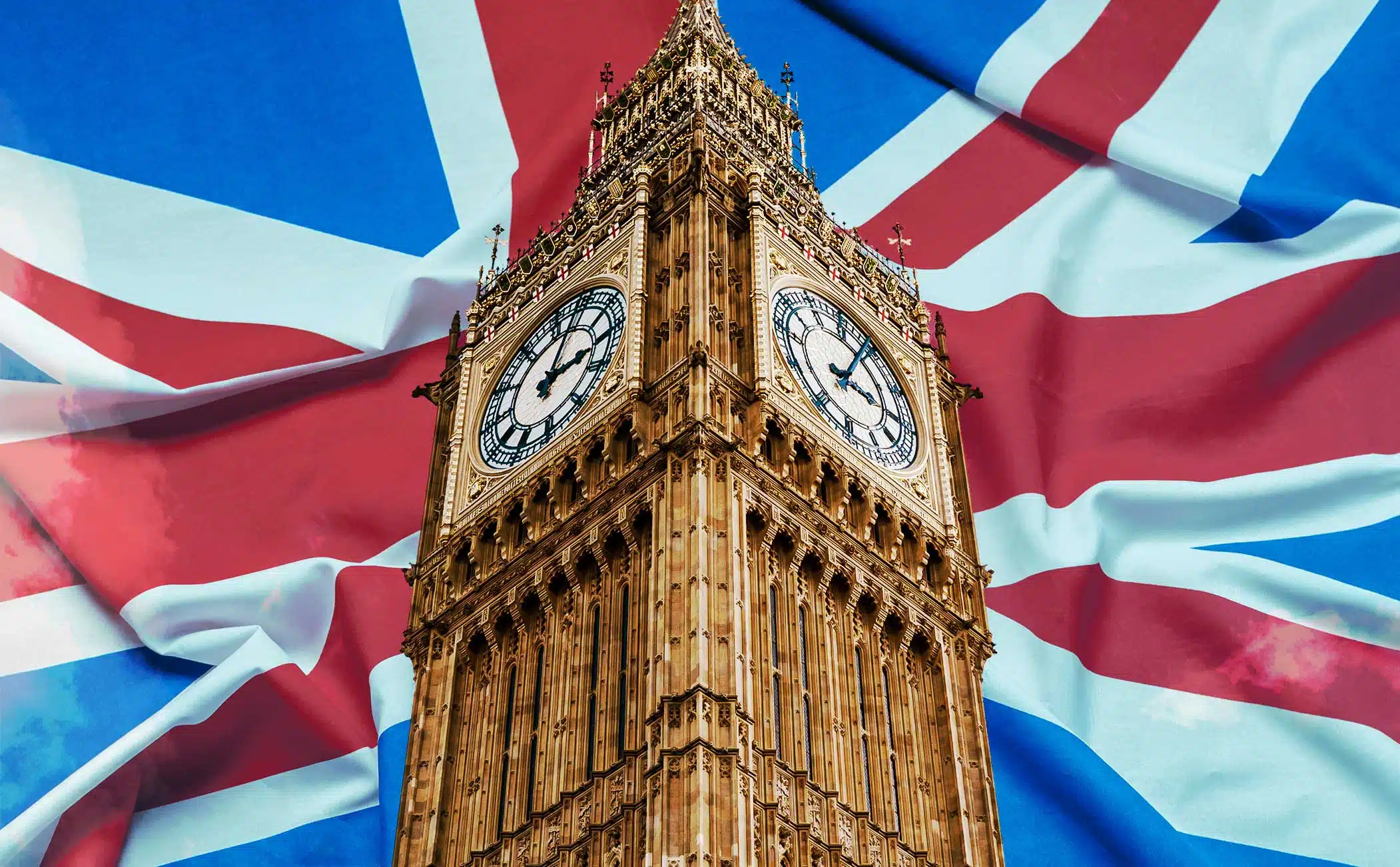Australia is navigating a complex economic landscape as the United States, under President Donald Trump’s administration, implements sweeping tariff measures. While Australia has been spared from the most severe impacts, the broader implications of these policies are beginning to unfold.
What Are The U.S. Tariff Measures?
In April 2025, President Trump announced a comprehensive “reciprocal” tariff strategy, imposing a 10% baseline tariff on all imports to the U.S., with additional tariffs ranging from 20% to 145% on goods from various countries, including China, the EU, Vietnam, Japan, and South Korea. Notably, Australia was subjected to the standard 10% tariff, avoiding the higher rates applied to other nations. However, this move has raised concerns about potential disruptions in global trade and economic stability.
Australia’s Economic Response
Australian Prime Minister Anthony Albanese has criticised the U.S. tariffs as “unwarranted” and outlined a five-point plan to mitigate their effects. The plan includes measures to support affected industries, such as beef exporters, and to safeguard Australia’s economic interests in the face of shifting global trade dynamics.
Despite these challenges, Australia’s economy has shown resilience. Westpac CEO Anthony Miller expressed confidence, noting that the bank’s performance remains strong, with a 5% increase in loans and a 7% rise in deposits, even amid global economic uncertainties.
Potential Long-Term Implications of these Tariffs
Economists warn that while the direct impact of the U.S. tariffs on Australia may be limited, the indirect effects could pose significant challenges. Disruptions in global supply chains and reduced demand from key trading partners could affect Australian industries, particularly those reliant on exports. Furthermore, the broader economic uncertainty may dampen investor confidence and slow economic growth.
Strategic Considerations
In response to the evolving trade environment, Australia is seeking to strengthen its international partnerships. Prime Minister Albanese is planning visits to the United States, Indonesia, and other key nations to bolster regional ties and economic cooperation. These diplomatic efforts aim to diversify Australia’s trade relationships and reduce dependence on any single market.
Conclusion
While Australia has been relatively insulated from the immediate effects of President Trump’s tariff policies, the long-term implications remain uncertain. The Australian government is actively pursuing strategies to mitigate potential risks and ensure the country’s economic stability in an increasingly unpredictable global trade environment.








